Spending 3 days in colorful Buenos Aires
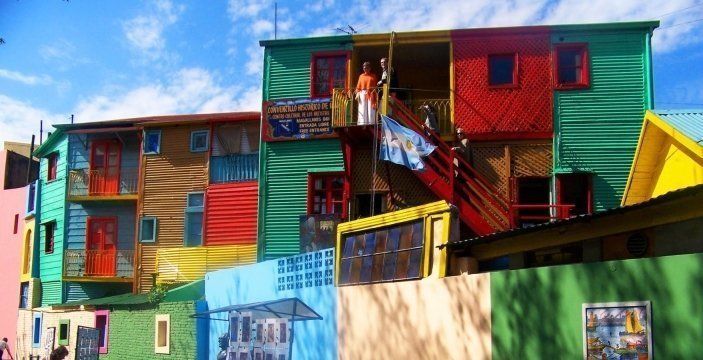
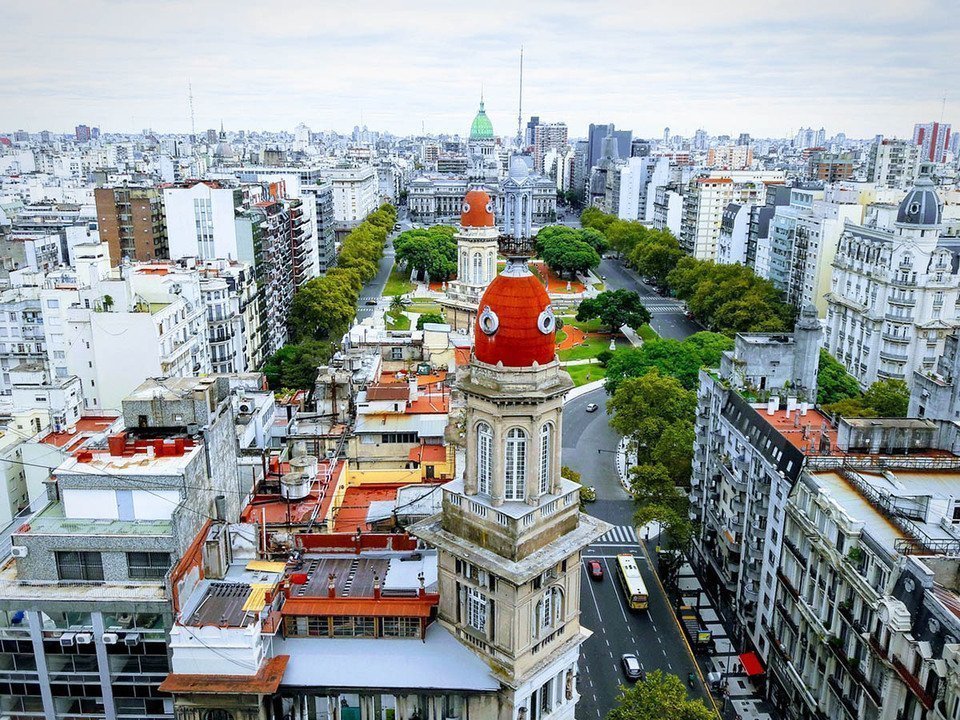
We've already seen northern Argentina and southern Argentina, so it's time to travel to the colorful city of Buenos Aires. We will discover the most interesting places and tourist attractions in the city I saw and enjoyed during my trip to Buenos Aires.
After my trip to Brazil, I decided not to leave South America, but travel to the next awesome country: Argentina. It is, therefore, necessary that I had to visit Buenos Aires, right? It's a capital of Argentina, very beautiful, full of colors and tango. In this travel blog, we will discover streets of La Boca, Plaza de Mayo with La Casa Rosada, Recoleta Cemetery, the Museum of Latin American Art, Libreria El Ateneo, Museo Nacional de Bellas Artes, Floralis Genérica, Buenos Aires Botanical Gardens, Palermo Soho, San Telmo Market, small city of Tigre, and we will watch and dance some Tango! Enjoy!
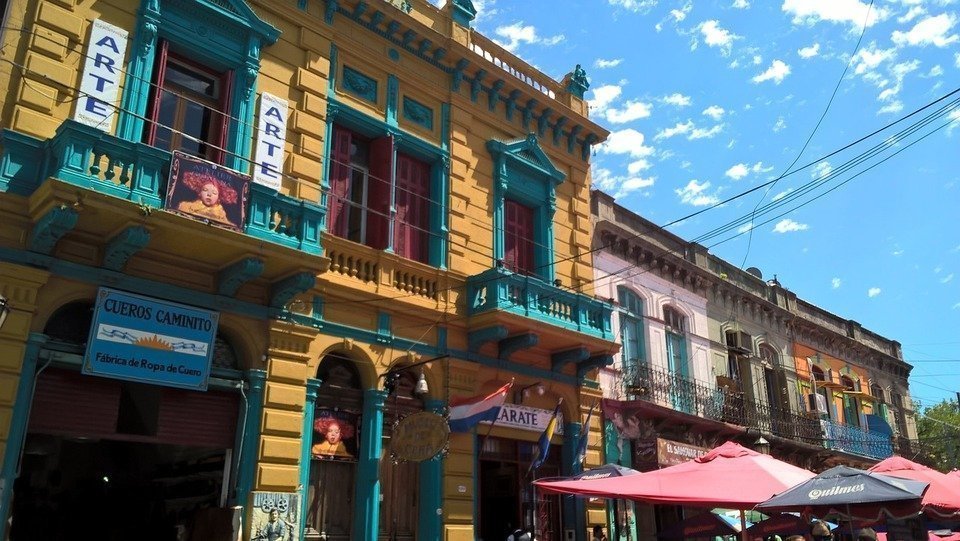
Streets of La Boca
La Boca (which means "the mouth" in Spanish, because it's located in the mouth of the river Riachuelo) is a very famous place in Buenos Aires with two main tourist attractions that all visitors want to see: Caminito, colorful artists street full of beautiful houses near the water and football stadium called "La Bombonera".
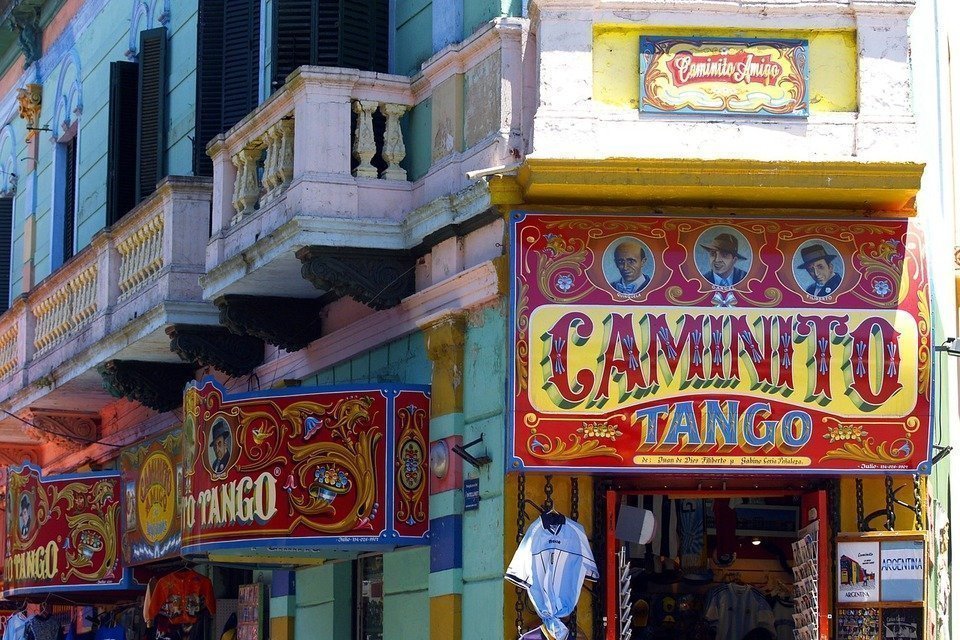
But streets of La Boca offers much more. There are many great restaurants and cafes here, as well as different street performers. It's good to know that there are no bars or nightclubs here and it's also a good idea to not stay here after dark, as the neighboorhood of La Boca in Buenos Aires may be dangerous during the night and you might get robbed.
Caminito
Let's get to the first interesting place that can be found in La Boca. Caminito was the historical quarter (well, the poor one), so how come it became a tourist attractions? Tourism in Caminito started from tango. After some time the Peruvians started to sell their art on the streets, and all of this finally change to the full tourist neighboorhood when the local La Boca artist Benito Quinquela Martín decided to paint the street walls to many different colors which made the La Boca atmosphere.
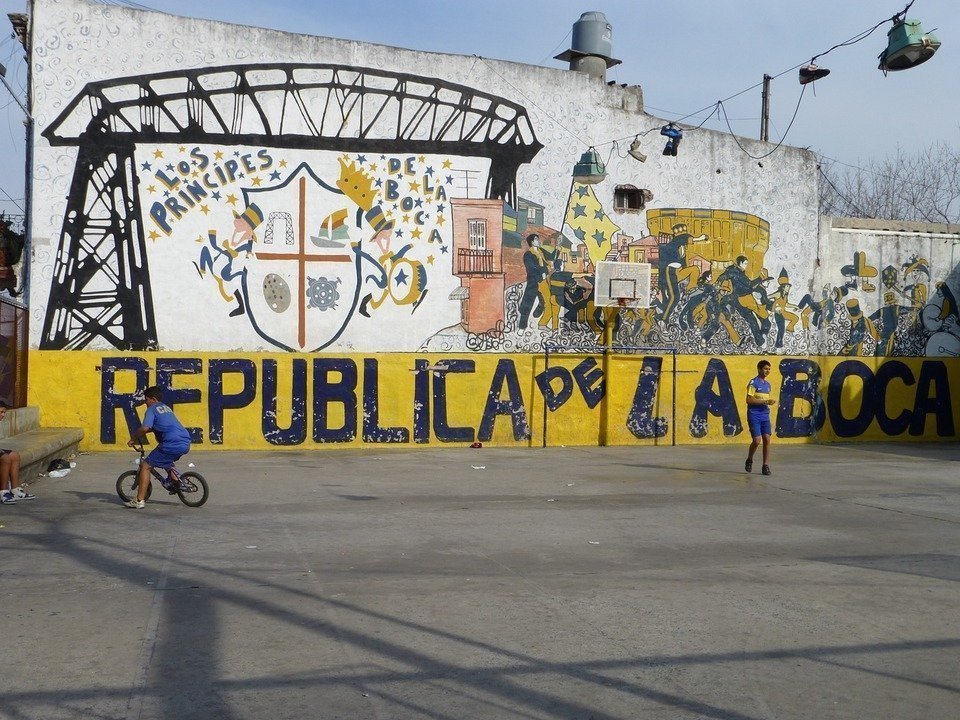
Nowadays the good days of La Boca and Caminito in Buenos Aires are gone. Because of the increasing cost of living in the city, there are fewer tourists. Streets of La Boca are now full of cheap food, hustlers, and hawkers, so many people avoid it. Despite this, in my opinion, Caminito is still very charming and colorful place worth visiting.
Football Stadium La Bombonera
Well, football stadium La Bombonera is a very ugly place (both from close up and from distance), but it's the stadium of world famous Boca Juniors. If you want, you get get a tour of the La Bombonera in Buenos Aires, but it's much better to get there while there is a football match. Just remember that if you will be lucky enough to see the match between Boca and River Plate, you must be prepared to see the real Argentinian competition, as both clubs are the biggest enemies. Many people even write this to their list of things to do before you die.
Plaza de Mayo
Plaza de Mayo is a historical center of Buenos Aires, built by Juan de Garay in late 16th century. After some time the area started to grow and some new buildings were founded here: Old City Hall, Metropolitan Cathedral or the Cabildo, all build in 18th century. In the 19th century, on the other hand, Pirámide de Mayo and government offices was added here, reflecting Fascist style, that was very popular in Argentina at that time.
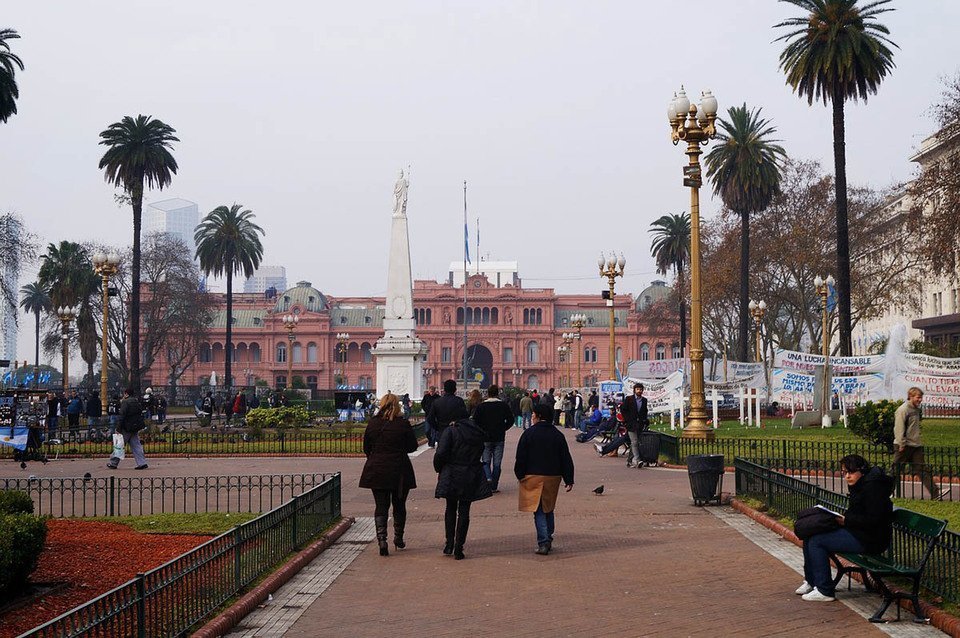
Plaza de Mayo in Buenos Aires is a great place to walk a bit or rest in the center of the plaza, where you can find beautiful fountains, benches and palm trees. There are also a lot of restaurants and cafes here. This place is a political heart of Buenos Aires and many famous protests had its place here. Well, still mass demonstrations are very popular and common in Plaza de Mayo, mostly peaceful, but there are few accidents that protests have broken into violence. Those protests are usually connected to the Piquetero Movement (economic peso crisis).
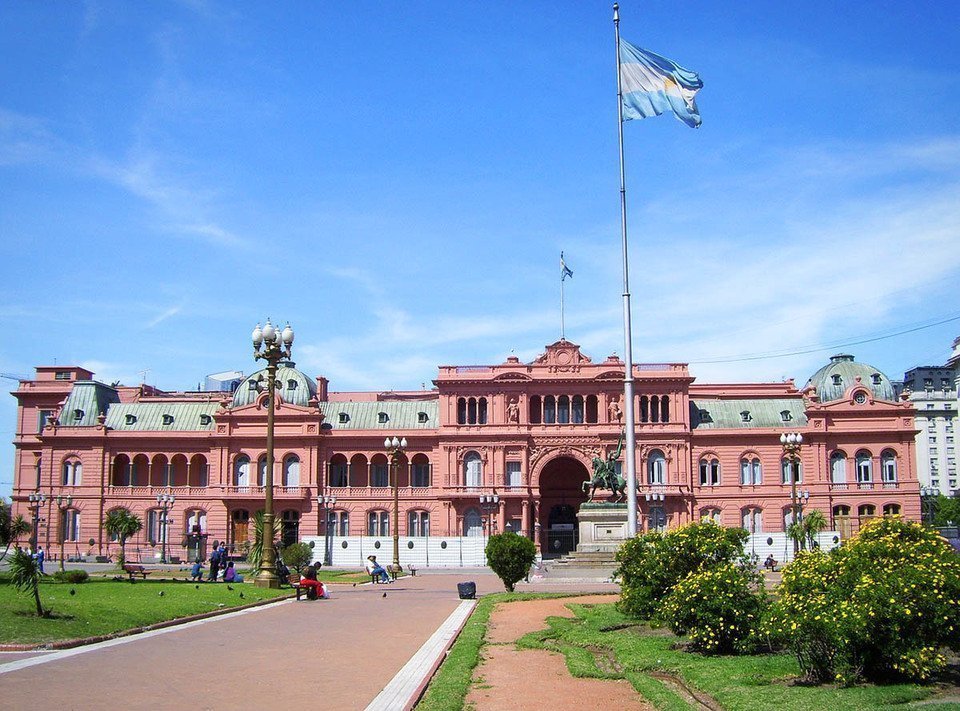
An interesting thing to see: If you want, you can see the march that happens here in Plaza de Mayo every Thursday at 15:30. It's a good way to understand Argentina and Buenos Aires recent history.
La Casa Rosada, the President's house
The biggest and probably the most impressive building located in Plaza de Mayo in Buenos Aires is the La Casa Rosada (called also The Pink House). This is the office where the President of Argentina works and sometimes can even be seen in one of the windows. However, this is not the place where the President lives. You cannot miss in visiting Plaza de Mayo.
Recoleta Cemetery
It's hard to believe, but the Recoleta Cemetery is probably one of the most popular tourist attraction and tourist destination in Buenos Aires. It's hard to believe, but if you will see a bit more closely, you will find out why. Recoleta Cemetery in Buenos Aires with its beautiful and majestic tombs are a perfect place for photography.
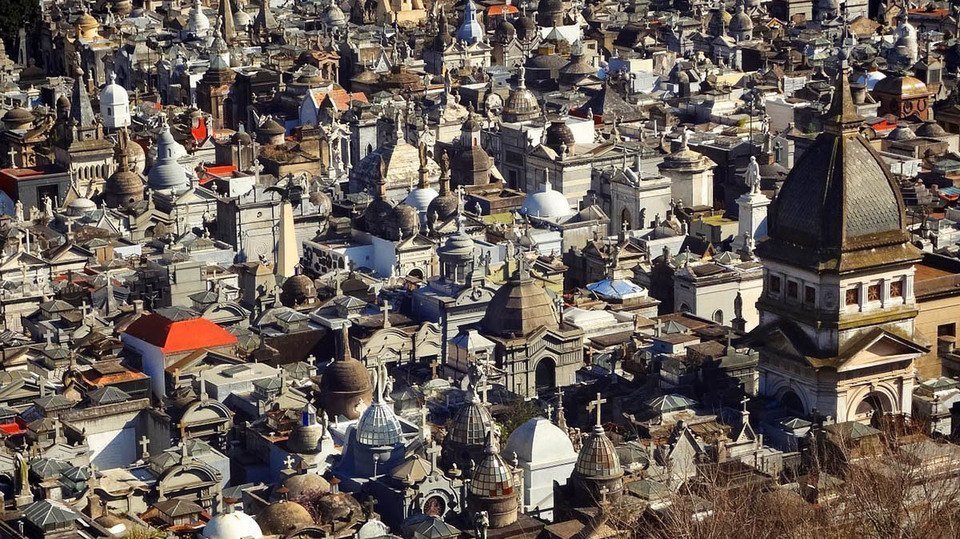
Recoleta Cemetery was always the most important cemetery in Argentina. Almost every famous or important person who died in Buenos Aires were buried here, from artists to elite families and politicians. The most famous person who lies here is Eva Perón, buried in the Duarte family tomb.
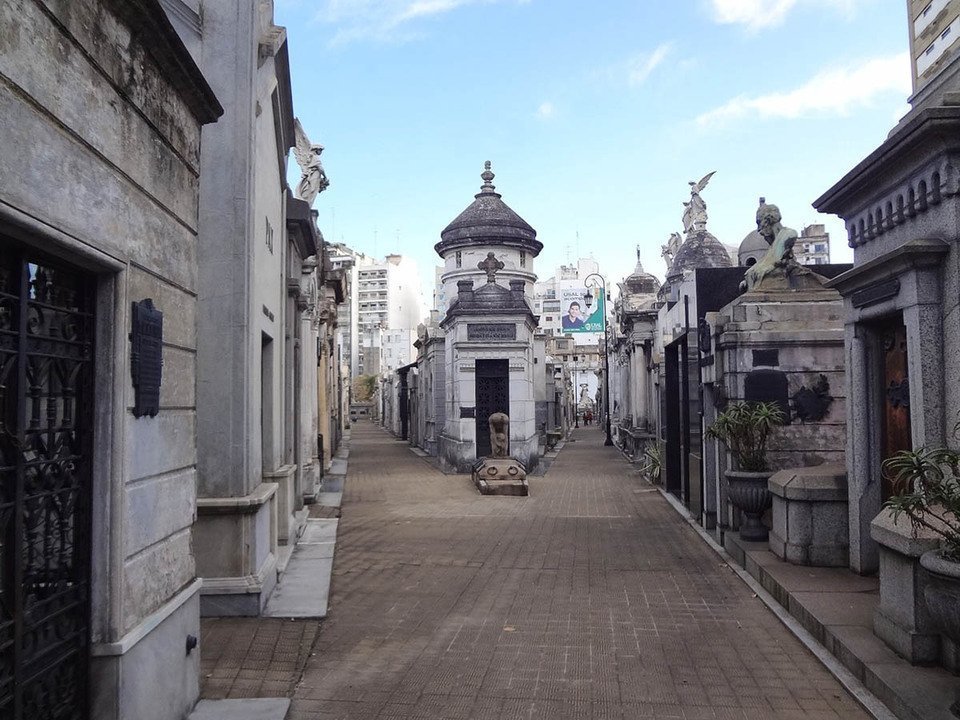
Eva María Duarte de Perón (1919 - 1952) was the First Lady of Argentina, political and social activist, and a wife of Argentine President Juan Perón.
It's good to know that while visiting Recoleta Cemetery in Buenos Aires during the sunny days it's a good idea to protect your skin, as when you are surrounded by marble you will get a few times bigger UV rays and you may burn yourself.
Entry to the Recoleta Cemetery is free, and the place is opened from 08:00 to 18:00. If you want, you can get a free tour in English that take place at 11:00 on Tuesdays and Thursdays. How to get here? The closest subte stations are Callao and Retiro.
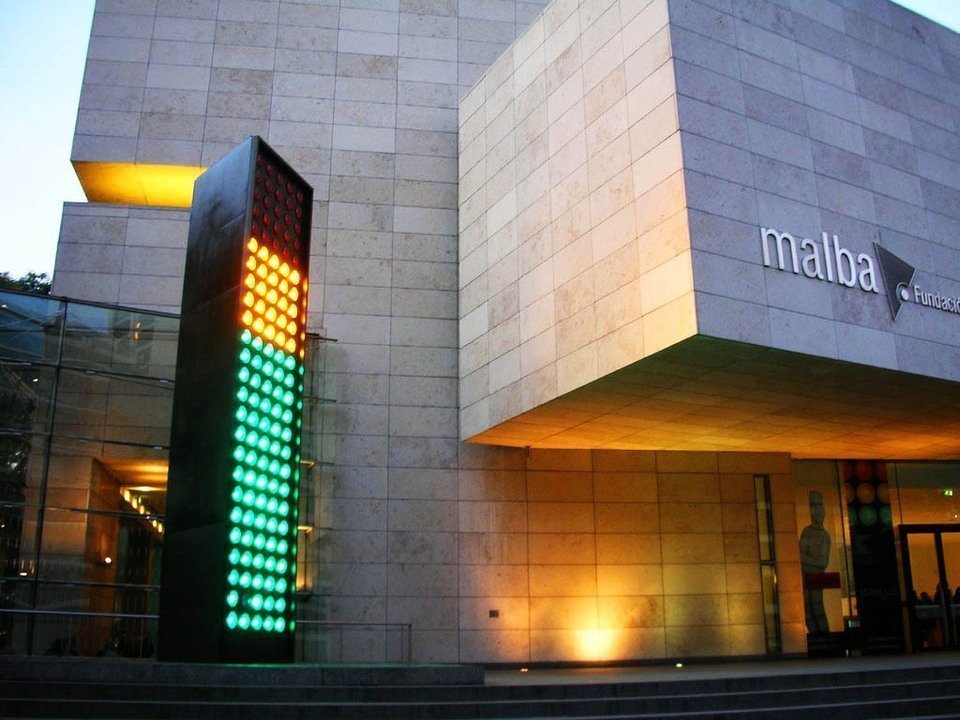
The Museum of Latin American Art
The Museum of Latin American Art in Buenos Aires (called also Museo de Arte Latinoamericano de Buenos Aires, in short: MALBA), built by Eduardo Constantini, is a non-profit institution opened in 2001 to host this businessman collection. It became also a cultural center for many different art exhibitions and activities. MALBA can be found in Avenida Figeroa Alcorta in Palermo, one of the districts of Buenos Aires.
So what can be found in the Museum of Latin American Art? Many paintings, sculptures, drawings and other objects made by artists from whole Latin America: Brazil, Colombia, Costa Rica, Cuba, Argentina, Chile, Mexico, Uruguay, Venezuela, and Chile - more than 500 works.
The adult ticket costs AR$40 (1,45 USD) with cheaper entrance (half of the price) on Wednesday. The Museum of Latin American Art in Buenos Aires is closed on Tuesdays. During other days you can enjoy the museum from 12:00 to 20:00.
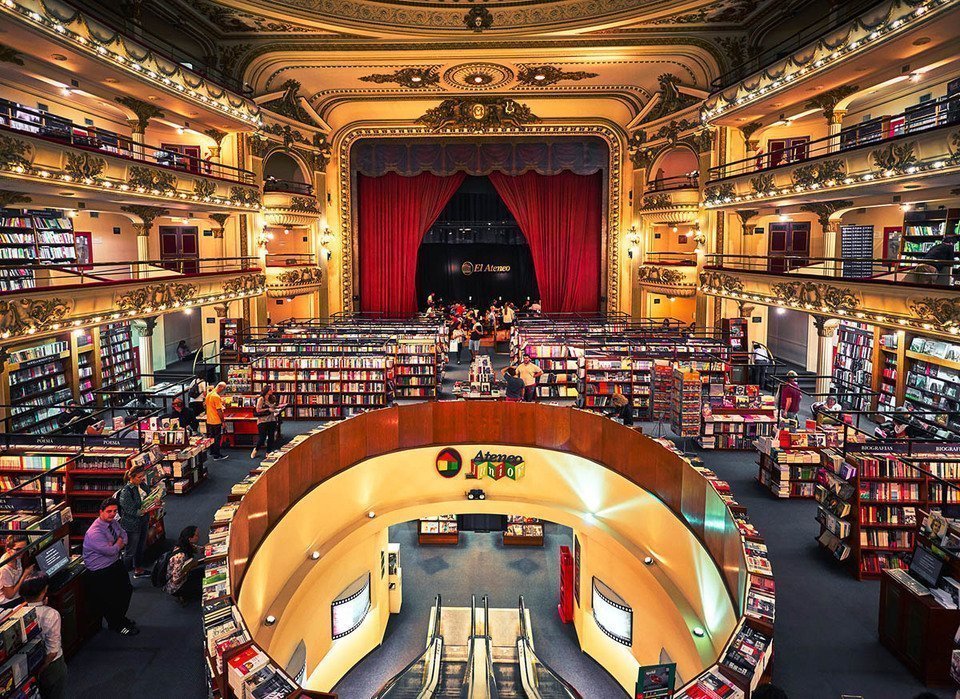
Libreria El Ateneo
Another great tourist attraction in Buenos Aires. Libreria El Ateneo was built in 1920 and firstly it was an art theatre, then cinema, and now it's a beautiful bookstore with ornate theatre boxes, rounded balconies, detailed trimmings, red curtains, and frescoed ceilings. All of this, designed by an architects Peró and Torres Armengol, makes from Libreria El Ateneo in Buenos Aires a magnificent and interesting place to visit.
When Libreria El Ateneo was a theatre, it hosted great tango dancers as Ignacio Corsini, Francisco Canaro, Carlos Gardel, and Roberto Firpo.
In Libreria El Ateneo in Buenos Aires, you will find not only thousands of the best Spanish literature but also live piano music shows (the same stage where tango famous dancers used to performance) and you will be able to drink a cup of coffee to fully enjoy the library.
Museo Nacional de Bellas Artes
Welcome to the largest collection of Argentine art! With more than 10000 pieces, Museo Nacional de Bellas Artes is a must-see while traveling to Buenos Aires. There are not only works of artists from Argentina, you can also find here such famous arts created by Picasso, Rembrandt, Goya or Renoir. All of that inside a great neoclassical building painted in wine colors.
It's good to know that since 2010 some parts of the Museo Nacional de Bellas Artes in Buenos Aires are in renovation and are temporarily closed.
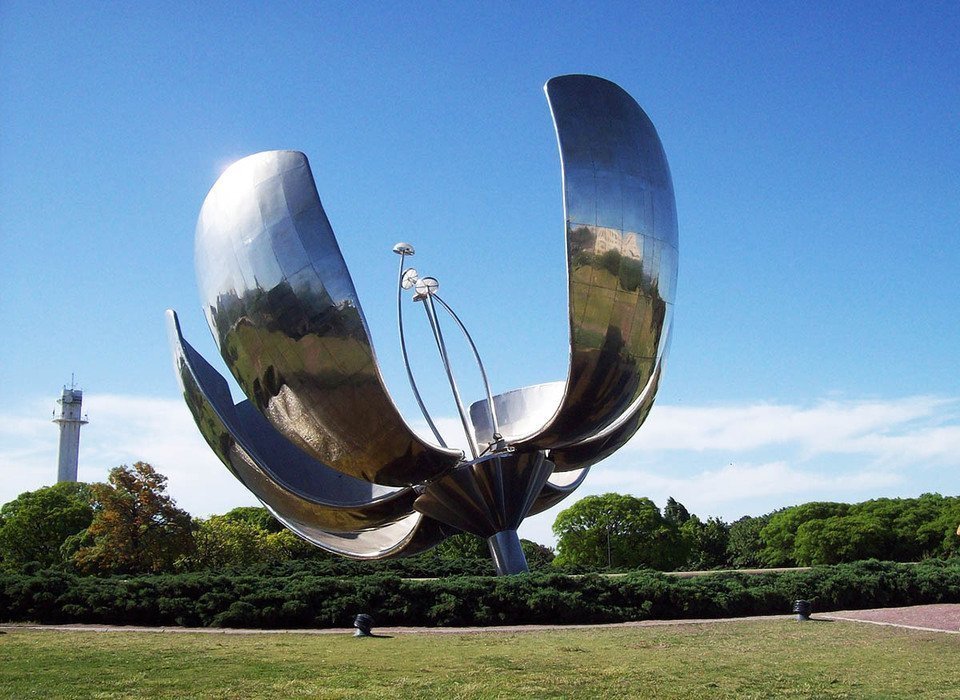
Floralis Genérica
Built in 2002, Floralis Genérica is one of the main symbols of Buenos Aires. It's an enormous metal and silver flower that can be found in a water pool just next to the National Museum of Fine Arts. The flower is 13 meters long and weighs 18 tons.
Floralis Genérica opens its petals of flowers about 08:00, and closes during the sunset, mimicking the actions of a real flower. It takes about 20 minutes.
Interesting fact: There are four special nights when the petals are open at night: May 25, September 21, December 24 and December 31. I couldn't find why those nights are so important, so if you have that knowledge, please write in the comments.
Floralis Genérica in Buenos Aires is located near the corner of Av. Figueroa Alcorta and J. A. Biblioni, La Recoleta, inside the Plaza de Las Naciones Unidas.
Botanical Gardens
Called in Spanish "Jardín Botánico Carlos Thays de la Ciudad Autónoma de Buenos Aires", the Buenos Aires Botanical Garden, designed by French architect Carlos Thays, is the perfect place to rest from the big city life. It's located in the Palermo neighborhood just near the Santa Fe Avenue and it's a national monument since 1996.
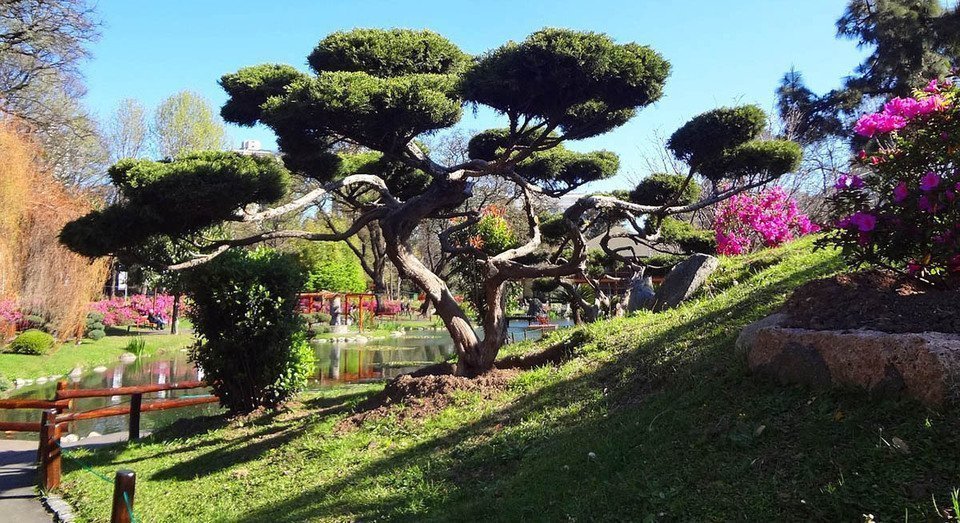
It's a huge botanical garden that has more than 5000 species of different trees and plants. There are also many monuments and sculptures, as well as 5 greenhouses. The Buenos Aires Botanical Garden is divided into three parts with different landscape: Roman gardens (trees and plants which first-century Roman botanist Pliny the Younger had in his villa in the Apennine mountains), French gardens (symmetric French style of the 17th century), and Oriental gardens (plants from Asia and Oceania).
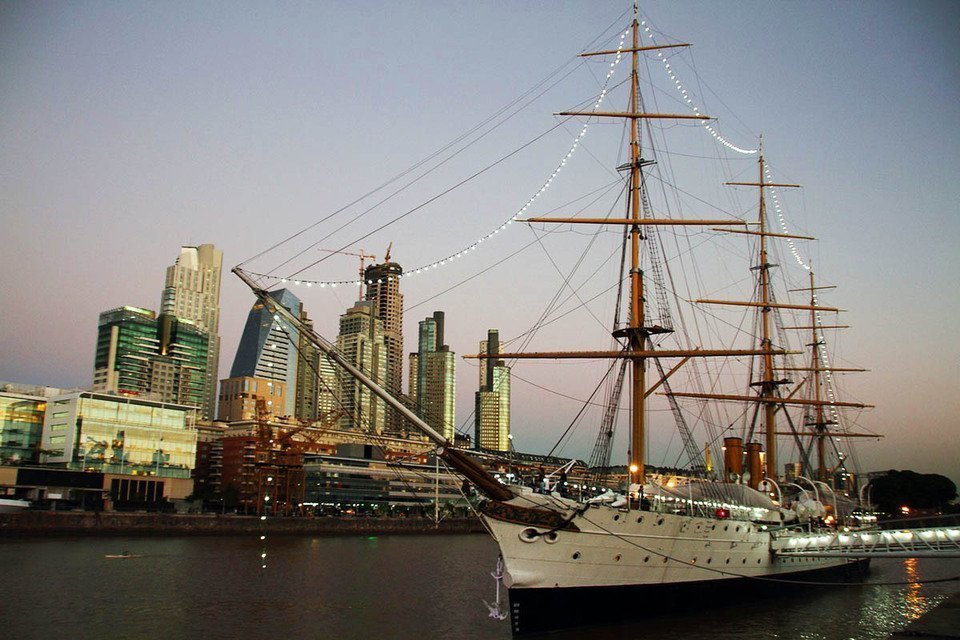
Very interesting thing is that in recent years Botanical Gardens in Buenos Aires become home to a large population of homeless cats that were abandoned by the owners. There was a project to remove those cats from the botanic garden but it was rejected due to animal protection agencies and neighbors protests. So right now cats are allowed to live in the Botanical Gardens in Buenos Aires and many volunteers come here to feed the cats and try to put them into adoption.
Palermo Soho
Palermo Soho is probably the most famous part of the Palermo neighboorhood (with Palermo Hollywood) in Buenos Aires for travelers. It's the bohemian vibrant area that can be found between the streets Córdoba, Santa Fé, and Coronel Diaz.
The name Palermo Soho is not official and it comes from the similarities to the New York's Soho neighborhood. It's not a historical site, as it's relatively new, but it's a perfect place to browse markets, boutiques with the latest fashion designs (best ones in Buenos Aires are here) and sit to drink chic cafe. The Palermo Soho in Buenos Aires is filled with former warehouses and old elegant Spanish-style houses.
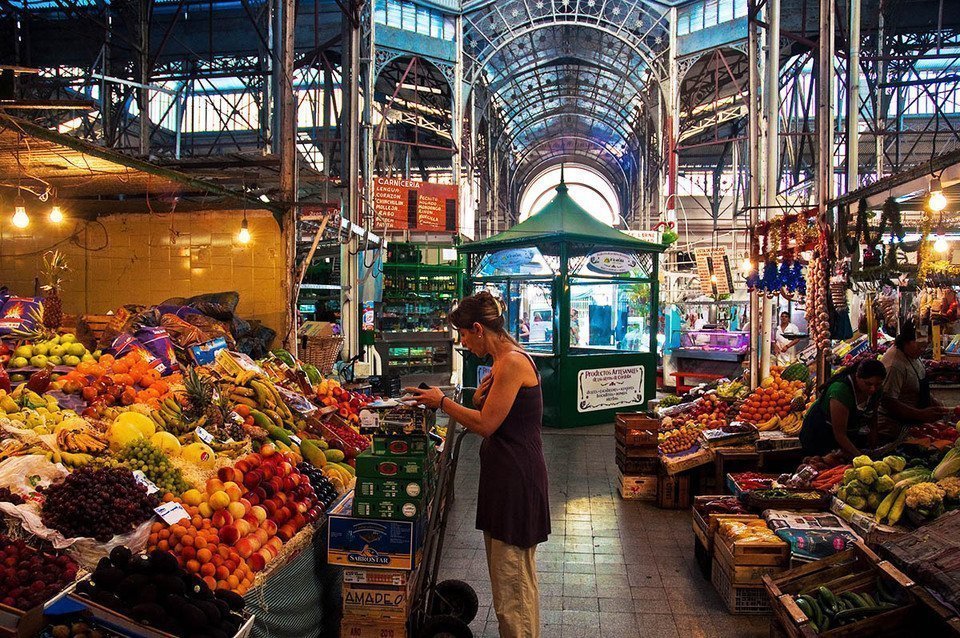
San Telmo Market
Are you a food fan? Then welcome to the San Telmo neighborhood in Buenos Aires, which is probably the best spot for some great eats, especially the San Telmo Market. If you are looking for how to find the market, it's between streets Defensa, Estados Unidos, and Bolivar.
You can get inside from every side, and everywhere you will find some places to drink, eat, buy groceries or many other shops. Some time ago the San Telmo Market was more famous because of the antique shops, but nowadays it's more a gastronomic hub. So if you are looking for a real taste of Argentina, make sure to visit San Telmo Market in Buenos Aires.
Additional information: If you are planning to visit San Telmo Market in Buenos Aires on Sunday, don't forget about the San Telmo Feria, the biggest outdoor market in the city (more than 12000 visitors every week) that happens in San Telmo neighborhood in Buenos Aires every Sunday.
Watch Tango show at El Querandi...
Well, tango in Buenos Aires and Argentina is a part of the country, same as beaches are the part of Australia. Inside the city, there are a lot of different tango shows, but in my opinion, the one at El Querandi is the best choice for the tango evening. I have seen it and really enjoyed!
El Querandi in Buenos Aires can be found inside the old theatre building with a great architecture, right in the heart of downtown. If you have a lot of money, make sure to get the full package, so you will get a dinner and wine included. After you eat and drink, El Querandi will take you inside the history of tango, from the beginning right to the rebellion in the 1950s. I really loved watching tango show at El Querandi and I think that it's a must-see tourist attraction in Buenos Aires, the capital of tango.
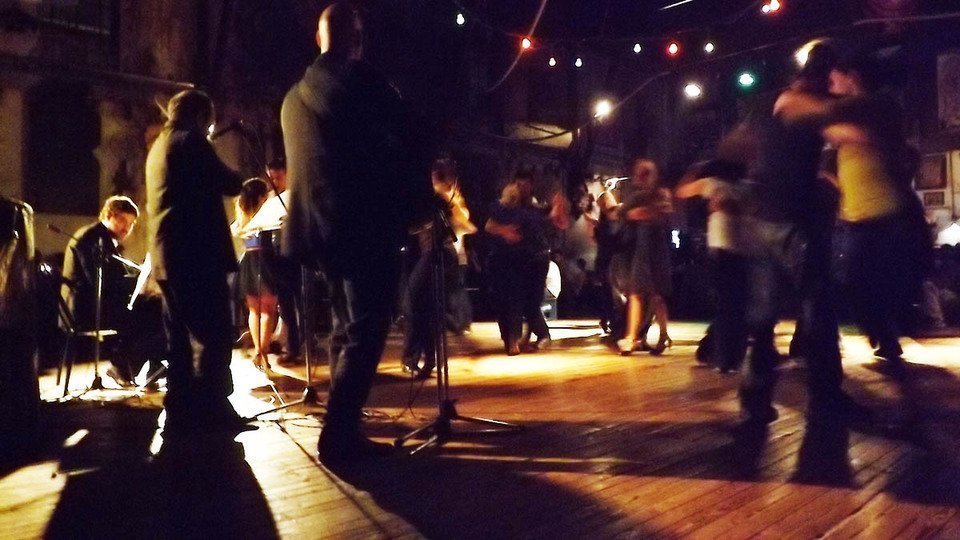
...or dance Tango at Milongas
What are Milongas, you might ask? Milonga is what you can call the club where people go dancing some tango or milonga, which is the dance similar to tango, with all the dramatic facial expressions and costumes, just a little bit more relaxed.
It's not easy to dance among the professionals from Argentina if you are not practicing tango or milonga for a few years, so it's much better no to go to the main dance floor, instead try to find the second dance floor which is less crowded to dance there and get some practice. During the dance, you can drink wine and enjoy some great food. All of this makes dancing Tango at Milongas a perfect experience!
City of Tigre (outside Buenos Aires)
The city of Tigre in Argentina is just 30 minutes drive (28 kilometers north) from the Buenos Aires city center and in fact, you can get there by bus or train (if you want to get here by train, choose the scenic Tren de la Costa). The name Tigre comes from the Jaguars and Tigers that were hunted here.
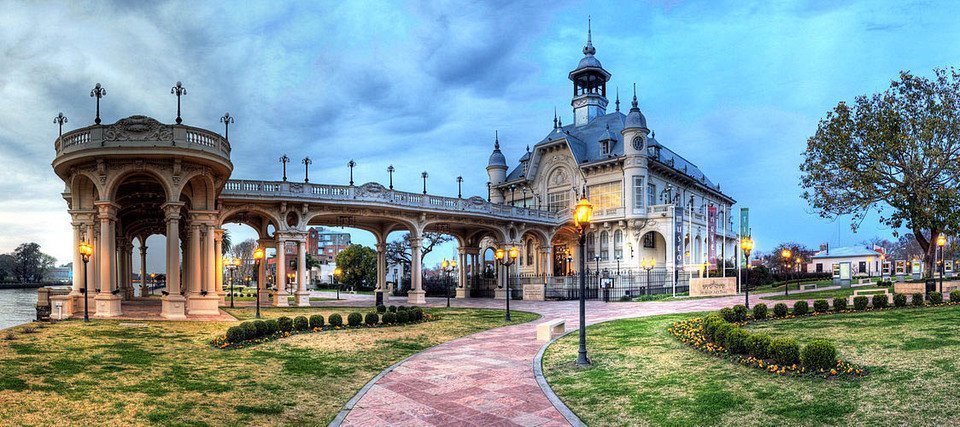
Tigre in Argentina is a perfect city to spend a day or two, it's also a very popular tourist destination. The city is situated on the Parana Delta, from where you can get a boat trip to Delta El Tigre (Tigre River's Delta), which I can really recommend you to do. You should also walk here a bit, as the city is very beautiful, especially the building of Municipal Museum of Art.
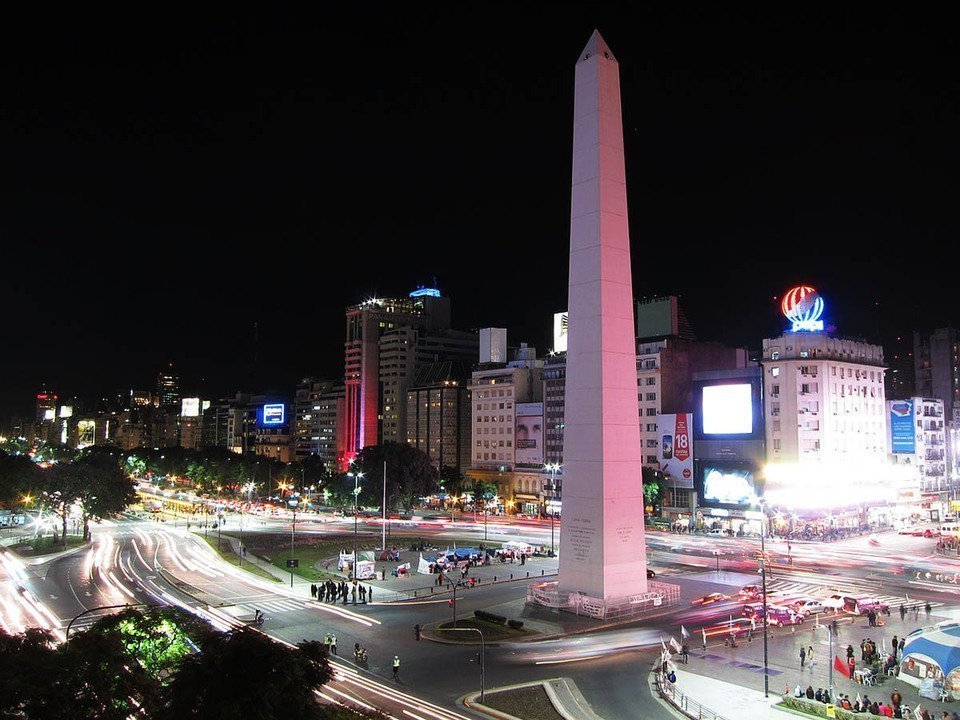
Conclusion
In this Buenos Aires travel blog, we discovered such great tourist attractions and interesting places as Streets of La Boca, Caminito, Football Stadium La Bombonera, Plaza de Mayo, La Casa Rosada, Recoleta Cemetery, the Museum of Latin American Art, Libreria El Ateneo, Museo Nacional de Bellas Artes, Floralis Genérica, Botanical Gardens, Palermo Soho, and San Telmo Market. We also learned where we can watch tango shows (El Querandi) and where to dance it (Milongas). We also know now, where to go when we will have enough of the big city of Buenos Aires (Tigre).
I hope that you really enjoyed my Buenos Aires travel blog and guide. If you know any other things to do and to see in that colorful city, or just have any questions about Argentina or Buenos Aires, feel free to ask me in the comment section below.
-
I love Buenos Aires25th June 2018, 16:25
This is indeed a very nice city. I remember when I firstly travel to Buenos Aires and saw El Querandi tango show - it was incredible! More travel blogs should write about Buenos Aires, as it has a lot of great tourist attractions, interesting places and many many great things do see and do.
-
Carina Robertson28th June 2018, 19:54
Great blog! I love Buenos Aires!! To see a game at La Bombonera is amazing and was the highlight of our trip!! The Argentine fans are crazy!!! Tickets are not sold at the stadium though, you need to be a member to buy them. For travelers you need to join any of the companies offering soccer packages (or make really good friends with a local socio). LandingPadBA normally has packages in different sections of the stadium, its pricy but SOO worth it. Cant wait to go back.
-
Marek4th July 2018, 08:33
Buenos Aires is a beautiful city, lots of tourist attractions for travelers :-) This text was translated automatically. Original text is below: Buenos Aires to przepiękne miasto, mnóstwo atrakcji turystycznych dla podróżujących :-)
-
Marek16th July 2018, 16:25
Probably the most beautiful tourist city I've ever been to. A lot of tourist attractions, elemental people, continuous parties ... Entire Buenos Aires. In addition, I, dance leg, I learned Tanga here, amazing :-) This text was translated automatically. Original text is below: Chyba najpiękniejsze miasto turystyczne, w jakim kiedykolwiek byłem. Ogrom atrakcji turystycznych, żywiołowi ludzie, ciągłe imprezy... Całe Buenos Aires. Na dodatek ja, noga z tańca, nauczyłem się tutaj Tanga, niesamowite :-)
-
Ingresomedicina.com13th February 2020, 09:16
The locals take it very seriously! I recommend a tour like this one that includes a dance lesson. Visiting with a local guide is the best way to learn the dance and visit a milonga like a local.
-
Elita Allen5th April 2020, 16:24
I love the city of Buenos Aires. It is a very beautiful city in the country. Thanks for your beautiful guide. I am planning to visit that country again.
-
Andrzej5th September 2020, 19:24
This text was translated automatically. Original text is below: Ach, Buenos Aires! Byłem w wielu wielkich miastach świata, ale żadne nie zrobiło na mnie takiego wrażenia jak Buenos Aires. Po pierwszym, 12-dniowym pobycie, po roku ponownie poleciałem do BA - na trzy miesiące. Chętnie poleciałbym tam na zawsze. To miasto pełne jest drobnych przyjemności (i nie tylko drobnych - to moja uwaga) - napisał Witold Gombrowicz. Domyślam się, a właściwie wiem, o co mu chodziło - o szczegóły architektoniczne, o kolory budynków w La Boca, o uliczki San Telmo i Palermo Viejo, o targi staroci, o sklepiki w ściętych rogach kamienic, o platany, jacarandas i ombu, o tango i ulicznych tangueros, o śpiewny argentyński hiszpański - to wpływ włoskiego - o czynne całą dobę księgarnie, o portenos - mieszkańców miasta - o bajeczne kafejki i knajpki, o poetów recytujących w niedziele na placykach San Telmo swoje wiersze, o parilla i asado, o ulicznych śpiewaków, i o sto innych rzeczy. Ogólnie - o niepowtarzalną atmosferę. To miasto ma duszę - kto to powiedział? Przy okazji - Tigre jest częścią Greater Buenos Aires - czyli miasta z przyległościami - w którym żyje ponad 15 milionów ludzi. I jeszcze jedno - podczas pobytu w Buenos Aires należy popłynąć na dwa, trzy dni do Montevideo, nie tylko dla plaż tego miasta. I po drodze zobaczyć historyczne Colonia de Sacramento.

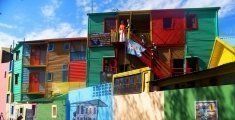



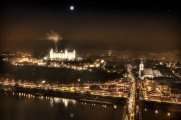
Buenos Aires is a great city for all kind of travelers. I live here already for more than two years and it has so unique atmosphere... Great travel blog and guide, keep writing!